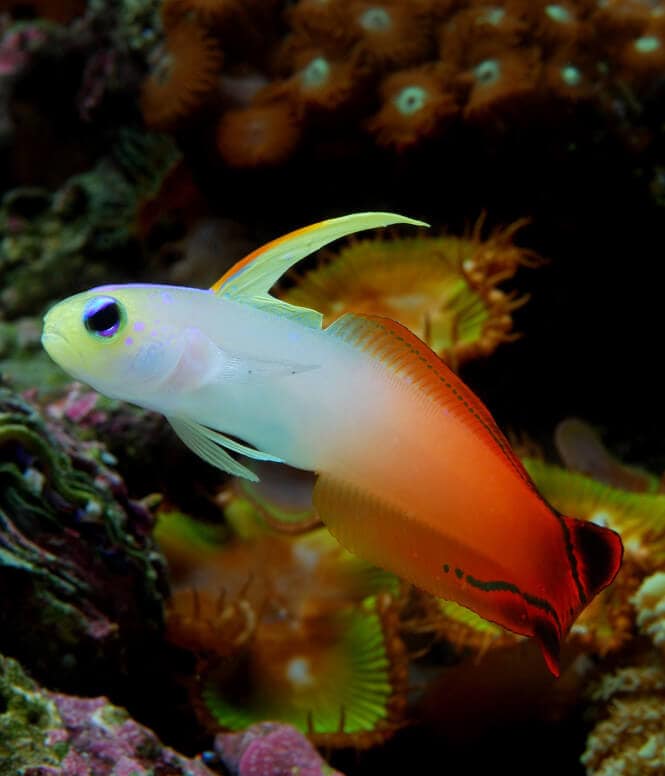
So keep in mind not to keep cichlid and betta fish in the same tank. other than that damaged fin can lead to several types of disease conditions in betta fish. Betta fish can not swim properly if their fin is damaged. This misidentification is mostly due to the long-tail fin of betta fish.Ĭichlid mostly tries to tear-up betta’s long tail fin. Cichlid will identify betta as a treat and attack the fish. You can not put betta and a cichlid in one tank. The typical adult Zebra Pleco is 3 to 4 inches in length. Zebra Plecos are nocturnal fish that are quiet, gentle, and non-aggressive. ‘Larger the number, lesser aggressiveness’ is valid for Duboisi cichlids. This fish is in great demand and since it is endangered in its native Brazil. This very personable fish needs an aquarium of at least 50 gallons and should be kept with a large number of the same species. This fish is extremely aggressive toward their kind and should be housed in large groups of 6 or more. Are Duboisi cichlids aggressive?Ī beautiful cichlid species entirely black with white spots is an African cichlid that tends to be more aggressive. When something like this happens, keep in mind to keep the aggressive fish in a separate tank or give it away. auratus can actually kill each other while in the battle of establishing their territory. They want to show other fish that they are the alpha and have the most strength hence bully others and be territorial.įor example, the most aggressive cichlids, M. Territorial behaviorįor example, African cichlids become aggressive to secure their territory.

A fish can be aggressive towards other fish because of breeding, being the alpha, and finding more food than others. Unlike humans, fish usually have complex social behavior. Special tips: Need tropical climate and freshwaterĪquarium gear : Why cichlids become aggressive? How many (Angelfish) can go in a 20-gallon tank? : 4 to 6 Tank Setup: Amazone biotope tank with plenty of leaf litter and woodįeeding: juvenile fishes, prawns, mosquito larvae, and worms Water condition: Requires 40+ gallons, pH of 6.0 to 7.0, a water hardness rangeģ to 10 °dH, water temperature 26 to 30 ☌ (75 to 86 ☏)Ĭompatibility/tank mates: Non-aggressive with any larger calm fish Temperament: Lives well with calm tank mates but eats small fish Origin: the Amazon Basin in Peru, Colombia, and Brazil


 0 kommentar(er)
0 kommentar(er)
